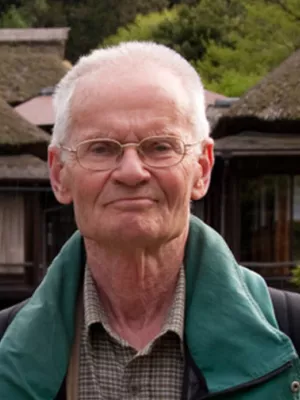
Björn Berglund
Professor emeritus

Human impact and climate changes - synchronous events and a causal link?
Författare
Summary, in English
Interaction between cultural development and the natural environment is generally accepted. Holocene climate change is described as one of the main environmental factors behind a step-wise development of the cultural landscape in Northwest Europe. Seven periods of human impact changes-5900, 5500, 4500, 3800, 3000-2800, 1500 and 1100 cal. BP-are defined and compared with reconstructed climatic scenarios, based on insolation, glacier activity, lake and sea levels, bog growth, tree line, and tree growth. There is a positive correlation between human impact/land-use and climate change, although precise correlations are difficult because of weaknesses in the chronology. Future studies of annually laminated (varved) lake sediments and wiggle-matched radiocarbon sequences are emphasized, as well as a combination of palaeoecology and archaeology. It is hypothesized that agrarian society and the landscape developed step-wise, dependent on the interaction between the technological/social complex and the ecological capacity of a region, highly influenced by climate. (C) 2002 Elsevier Science Ltd and INQUA. All rights reserved.
Avdelning/ar
- Kvartärgeologi
Publiceringsår
2003
Språk
Engelska
Sidor
7-12
Publikation/Tidskrift/Serie
Quaternary International
Volym
105
Issue
1
Dokumenttyp
Artikel i tidskrift
Förlag
Pergamon Press Ltd.
Ämne
- Geology
Status
Published
ISBN/ISSN/Övrigt
- ISSN: 1873-4553

